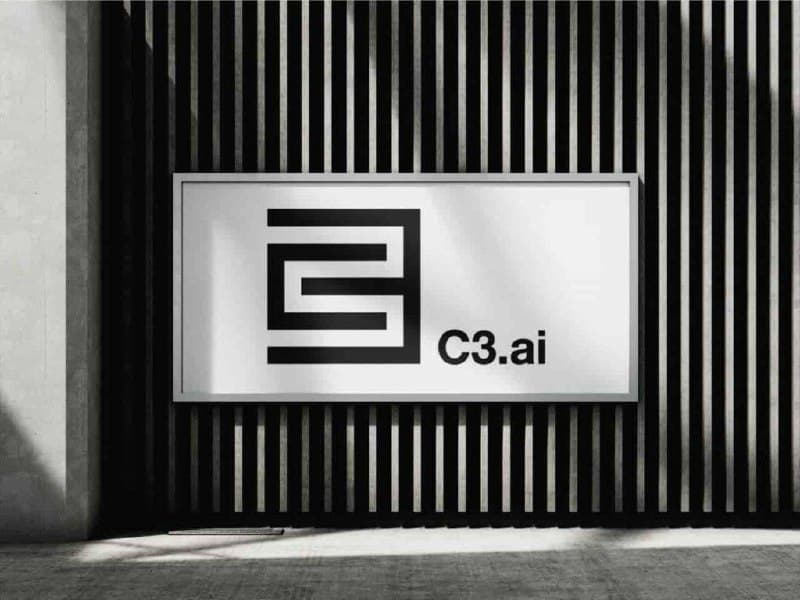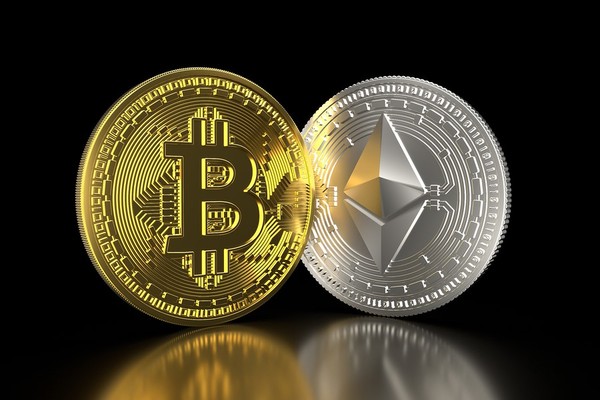Since its launch in 2024, the blockchain’s perpetual futures exchange has captured 70% of the market, surpassing established rivals like GMX and dYdX. Handling approximately $260 million in daily transactions, Hyperliquid’s rapid growth has positioned it as a major player among decentralized exchanges (DEXs). Monthly DEX trading volumes hit record highs of $433 billion in December 2024, showcasing the sector’s momentum.
Despite these accomplishments, concerns are mounting over Hyperliquid’s long-term sustainability. VanEck highlighted in a recent report that the blockchain’s $25 billion market valuation, driven by the HYPE token’s meteoric rise, may be at risk without stronger developer engagement. The report stressed that Hyperliquid’s smart contract platform has yet to cultivate a vibrant ecosystem of developers, a critical factor for sustaining growth and delivering on community expectations.
Diversification and Strategic Challenges
Hyperliquid’s airdrop, heralded as 2024’s most successful token generation event, has propelled HYPE into the spotlight. The token saw gains of over 500% within a month, peaking at $34 before stabilizing around $25 in early January 2025. However, VanEck cautioned that maintaining this momentum requires a broader use case beyond its highly successful perpetual futures exchange.

Hyperliquid has experienced significant growth in market share over the past year. Source: VanEck
The blockchain’s ambitions extend beyond its flagship exchange. By introducing an Ethereum Virtual Machine (EVM)-compatible smart contract platform in 2025, Hyperliquid aims to diversify its utility and attract decentralized application (dApp) developers. Early testnet activity has shown encouraging signs, with at least six native dApps already operational and garnering thousands of users. This development marks a crucial step in positioning Hyperliquid as a general-purpose blockchain rather than a single-product platform.
Challenges in a Competitive Market
Hyperliquid’s rise has been swift, but maintaining its competitive edge will be challenging. According to VanEck, DEXs often struggle with a lack of long-term competitive moats due to their reliance on open-source technology, which makes features easily replicable. Without unique innovations or a loyal developer community, sustaining market dominance could be difficult.

Post-airdrop performance of DEX token. Source: VanEck
Another critical aspect is network decentralization. The selection process of validators for Hyperliquid is taken by the governing body called the Hyper Foundation, which has been questioned multiple times. The foundation, therefore, clarified that validator roles are given out based on merit, hence reinstating its transparency and fairness policy. This would help to gain the much-needed trust of the community—a key factor in any blockchain ecosystem.
Will Hyperliquid Meet Its Lofty Expectations?
The next 12 months will be pivotal for Hyperliquid. The success of its EVM-compatible platform will determine whether it can evolve into a multi-faceted blockchain capable of supporting diverse applications. Expanding its developer base, fostering innovation, and addressing community concerns will be vital to sustaining its impressive market valuation and long-term relevance.

Hyperliquid (HYPE) price chart. Source: Brave New Coin
Hyperliquid’s rapid ascent is emblematic of the broader shifts within the crypto industry, where projects must balance innovation with practical execution. As the competition in the DeFi space intensifies, only those that combine technological advancements with strong community support are likely to thrive.
For Hyperliquid, the stakes are high, and the future hinges on its ability to adapt and deliver on its ambitious vision. For crypto investors asking what crypto to buy right now, there many alt coin options, such as XRP, and Dogecoin, however, HYPE is a new and worthy contender for big gains in 2025.
Source: https://bravenewcoin.com/insights/hyperliquids-future-hinges-on-developer-adoption-warns-vaneck







Leave a Comment